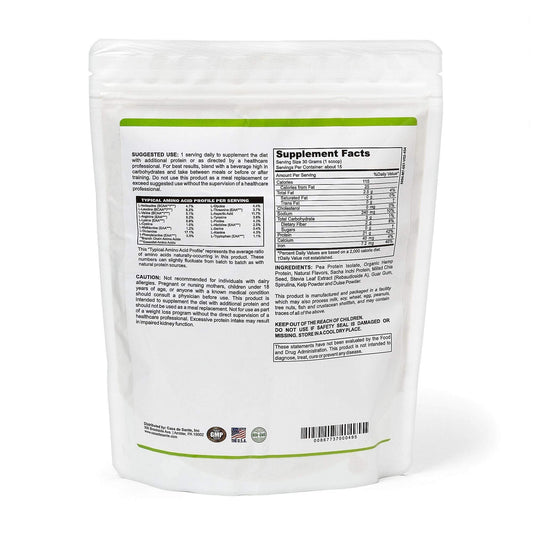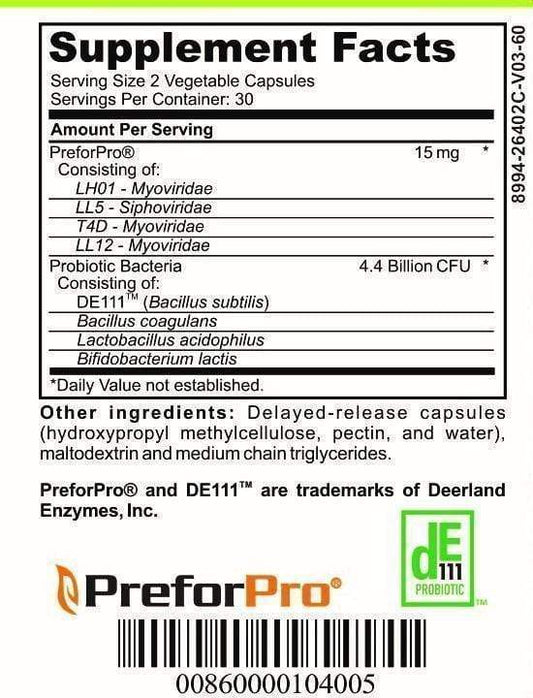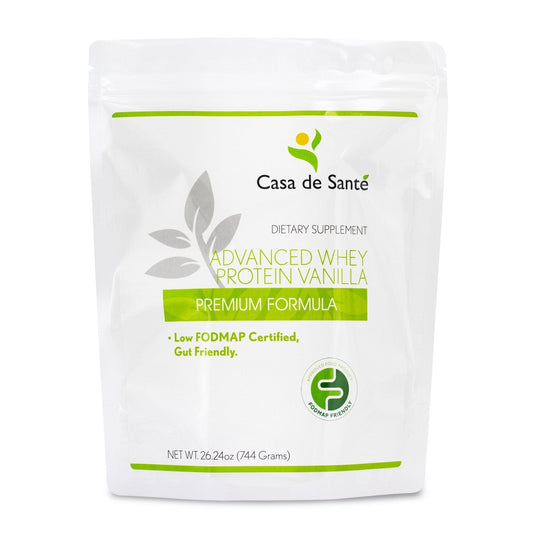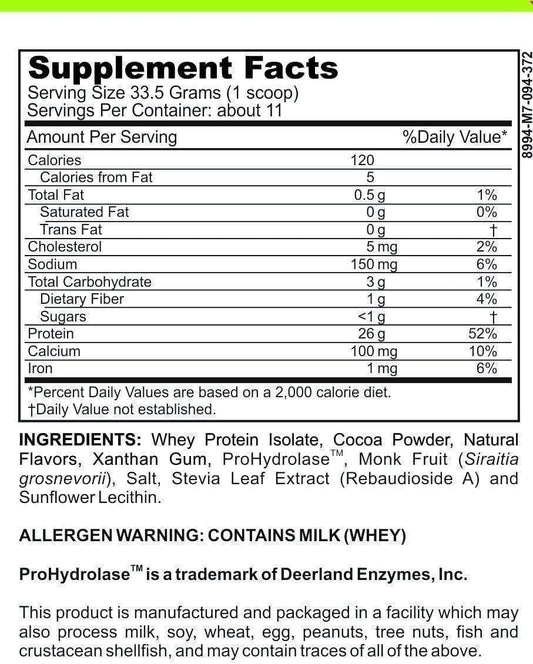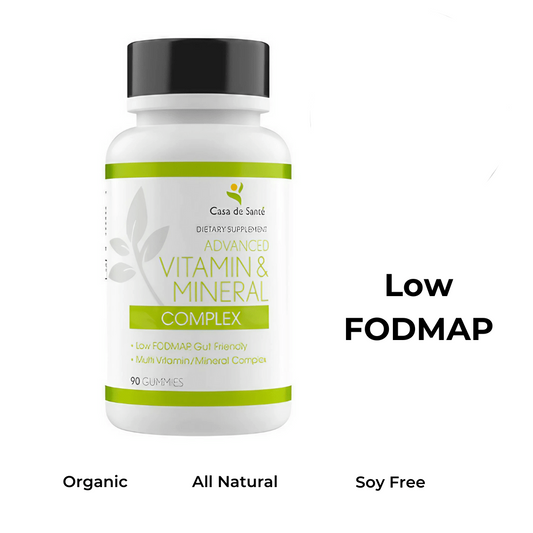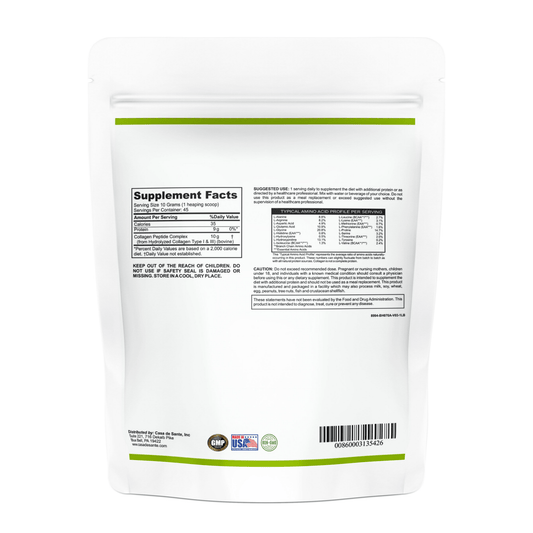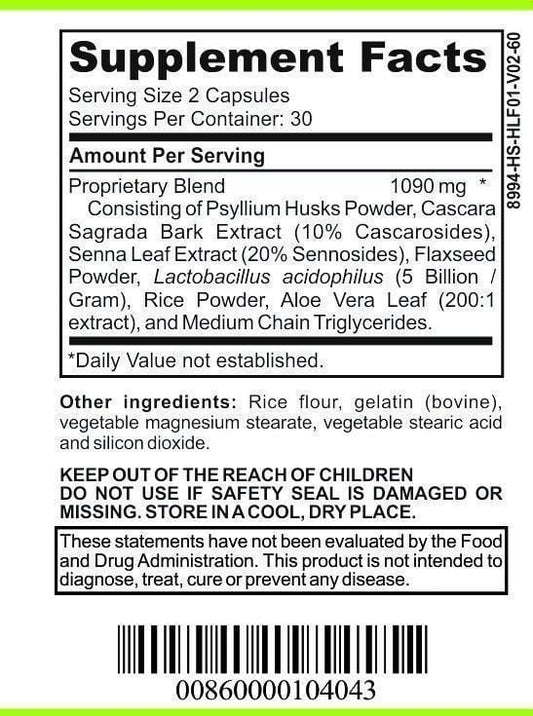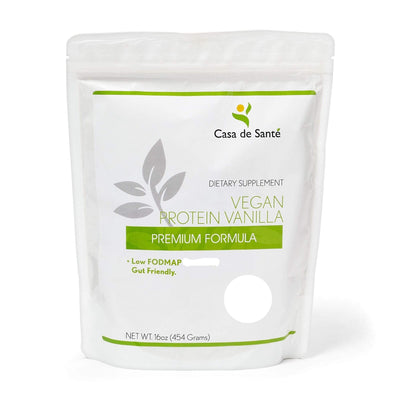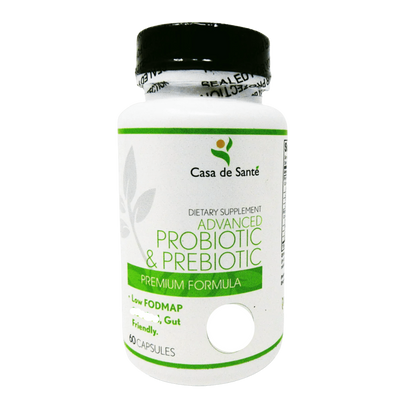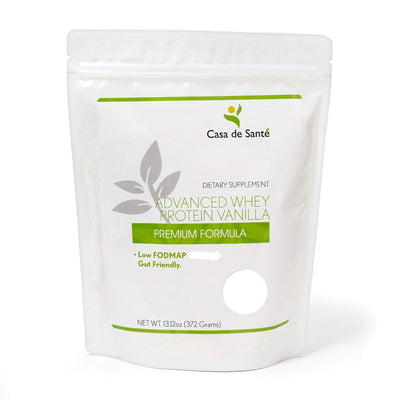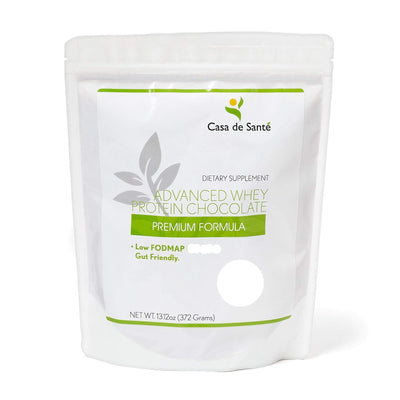Is Corn Dextrin Low FODMAP
Is Corn Dextrin Low FODMAP
Many people who suffer from digestive issues have turned to the low FODMAP diet for relief. FODMAPs, which stands for Fermentable Oligosaccharides, Disaccharides, Monosaccharides, and Polyols, are a group of carbohydrates that can trigger symptoms such as bloating, gas, and abdominal pain in sensitive individuals. In this article, we will explore the role of corn dextrin in the low FODMAP diet and whether it is a suitable option for those following this dietary approach.
What is FODMAP?
FODMAPs, which stands for Fermentable Oligosaccharides, Disaccharides, Monosaccharides, and Polyols, are a type of carbohydrates that are poorly absorbed in the small intestine. When they reach the large intestine, they are fermented by the gut bacteria, resulting in the production of gas. For individuals with irritable bowel syndrome (IBS) or other digestive disorders, this fermentation process can lead to uncomfortable symptoms such as bloating, abdominal pain, and changes in bowel habits.
There are several types of FODMAPs, including fructose (found in fruits and some sweeteners), lactose (found in dairy products), fructans (found in wheat, onions, and garlic), galacto-oligosaccharides (found in legumes), and polyols (found in certain fruits and artificial sweeteners). Each type of FODMAP can have varying levels of fermentability, which means that some may be better tolerated than others.
Understanding the Low FODMAP Diet
The low FODMAP diet is an evidence-based approach that helps to reduce the intake of fermentable carbohydrates. It involves restricting or eliminating foods that are high in FODMAPs for a specific period of time, typically two to six weeks. During this elimination phase, individuals are advised to avoid foods such as wheat, dairy products, onions, garlic, certain fruits, and artificial sweeteners.
After this elimination phase, foods are systematically reintroduced to identify which specific types of FODMAPs trigger symptoms in each individual. This personalized approach allows individuals to create a long-term dietary plan that minimizes symptoms while still enjoying a wide variety of foods. It is important to note that the low FODMAP diet should be followed under the guidance of a healthcare professional or a registered dietitian to ensure proper implementation and monitoring.
The Role of Corn Dextrin in the Low FODMAP Diet
Corn dextrin is a common ingredient used in processed foods as a thickener, stabilizer, or filler. It is derived from corn starch and undergoes a process known as hydrolysis, which breaks down the complex carbohydrates into shorter chains. This process makes corn dextrin easier to digest and absorb by the body.
While corn dextrin is derived from corn, which is low in FODMAPs, the hydrolysis process can potentially affect its FODMAP content. Some studies suggest that the hydrolysis process may reduce the FODMAP content of corn dextrin, making it suitable for individuals following a low FODMAP diet. However, more research is needed to fully understand the impact of hydrolysis on FODMAP levels in corn dextrin.
It is important for individuals following a low FODMAP diet to read food labels carefully and look for any potential sources of FODMAPs, including corn dextrin. If unsure about the FODMAP content of a particular product, it is recommended to consult with a healthcare professional or a registered dietitian for guidance.
In conclusion, FODMAPs are a group of carbohydrates that can cause digestive symptoms in individuals with IBS or other digestive disorders. The low FODMAP diet is an effective approach to manage these symptoms by reducing the intake of fermentable carbohydrates. While corn dextrin is derived from corn, its FODMAP content may be affected by the hydrolysis process. Therefore, individuals following a low FODMAP diet should exercise caution when consuming products containing corn dextrin and seek professional guidance if needed.
The Science Behind Corn Dextrin
To understand the impact of corn dextrin on the low FODMAP diet, it is important to delve into the characteristics of this ingredient and how it is processed.
What is Corn Dextrin?
Corn dextrin is a soluble fiber made from corn starch. It is commonly used in the food industry as a texturizer and to improve the mouthfeel of processed foods. It is also used in the production of dietary supplements.
Unlike other types of dextrins, corn dextrin has a relatively low molecular weight, making it more easily digestible. This characteristic allows it to be classified as a dietary fiber, providing potential health benefits, such as improved bowel regularity and satiety.
In addition to its role as a texturizer, corn dextrin can also act as a stabilizer in certain food products. Its ability to absorb water and form a gel-like substance makes it useful in maintaining the desired texture and consistency of various food items.
How is Corn Dextrin Processed?
Corn dextrin undergoes a process called hydrolysis, which involves breaking down the long chains of carbohydrates in corn starch into shorter chains. This process improves its solubility, making it easier to incorporate into food products while also altering its structure and properties.
The degree of hydrolysis and the resulting chain length of corn dextrin can vary depending on the specific manufacturing process and the intended application. Different processing techniques, such as enzymatic hydrolysis or acid hydrolysis, can result in differences in molecular weight, solubility, and other characteristics of corn dextrin.
Furthermore, the degree of hydrolysis can also affect the viscosity of corn dextrin. Higher degrees of hydrolysis can lead to a more viscous texture, which may be desirable in certain food applications, such as thickening sauces or dressings.
Nutritional Composition of Corn Dextrin
Corn dextrin is made up of carbohydrates and has a low protein and fat content. It is relatively low in calories, with approximately 4 calories per gram. However, the exact nutritional composition can vary slightly depending on the specific brand or manufacturer.
In terms of FODMAP content, factors such as the degree of hydrolysis and chain length can potentially influence the fermentability of corn dextrin. Understanding these factors is essential in evaluating its suitability for a low FODMAP diet.
Additionally, corn dextrin is considered a source of resistant starch, which refers to the portion of starch that escapes digestion in the small intestine and reaches the colon. In the colon, resistant starch can be fermented by the gut bacteria, producing short-chain fatty acids that have been associated with various health benefits.
It is worth noting that while corn dextrin is generally well-tolerated by most individuals, some people may experience gastrointestinal symptoms, such as bloating or gas, when consuming large amounts of soluble fiber. It is always advisable to consult with a healthcare professional or registered dietitian before making any significant changes to your diet.
Evaluating the FODMAP Content of Corn Dextrin
When determining whether corn dextrin is low in FODMAPs, it is important to consider the broader context of digestive issues and the impact of FODMAPs on the gut.
FODMAPs and Digestive Issues
Research has shown that reducing dietary intake of high FODMAP foods can alleviate symptoms in individuals with IBS and other digestive disorders. However, the specific FODMAP triggers can vary significantly between individuals, highlighting the importance of a personalized approach when managing symptoms.
Testing Methods for FODMAP Content
Determining the FODMAP content of a specific food or ingredient can be challenging. Researchers use a range of methods to measure the FODMAP levels, including laboratory analysis and in-vitro fermentability tests.
These testing methods involve simulating the conditions of the digestive system to assess the fermentation potential of the carbohydrates present in the food or ingredient. While these tests provide valuable insights, they are not always definitive as they cannot account for individual variations in gut microbiota and tolerance levels.
Research on Corn Dextrin's FODMAP Levels
Currently, there is limited research specifically evaluating the FODMAP content of corn dextrin. However, studies on other types of dextrins suggest that their FODMAP content can vary depending on factors such as chain length and processing method.
Further research is needed to determine the FODMAP levels of corn dextrin specifically, which would provide more clarity on its suitability for a low FODMAP diet.
The Impact of Corn Dextrin on FODMAP Sensitivity
While the FODMAP content of corn dextrin is still being researched, it is important to consider individual variations in FODMAP sensitivity and the potential effects of corn dextrin on symptoms.
Individual Variations in FODMAP Sensitivity
Not all individuals with digestive issues respond to FODMAPs in the same way. Some individuals may be more sensitive to certain types of FODMAPs, while others may be able to tolerate them in moderation.
It is crucial for individuals following a low FODMAP diet to work with a registered dietitian or healthcare professional who can guide them through the elimination and reintroduction phases to identify their personal FODMAP triggers.
Potential Effects of Corn Dextrin on FODMAP Sensitivity
Until further research is conducted, it is difficult to determine the specific impact of corn dextrin on individuals with FODMAP sensitivity. It is recommended that individuals with digestive issues consult with a healthcare professional to assess their tolerance to corn dextrin based on their personalized FODMAP triggers and individual response.
Incorporating Corn Dextrin into a Low FODMAP Diet
If you are considering incorporating corn dextrin into your low FODMAP diet, there are guidelines to follow to ensure you can enjoy this ingredient while minimizing any potential symptoms.
Guidelines for Including Corn Dextrin in the Diet
When reintroducing corn dextrin into your diet, it is recommended to start with small quantities and monitor your symptoms. Gradually increasing the amount consumed can help determine your tolerance level.
It is important to note that everyone is unique, and what works for one person may not work for another. Working with a registered dietitian or healthcare professional can provide valuable guidance in managing your low FODMAP diet and incorporating corn dextrin safely.
Corn Dextrin Alternatives for Low FODMAP Dieters
If you find that corn dextrin does not suit your individual needs or triggers symptoms, there are alternative options available that are low in FODMAPs.
Some suitable alternatives to corn dextrin in the low FODMAP diet include tapioca starch, rice bran, and potato starch. These alternatives can provide similar texturizing and stabilizing properties while minimizing potential digestive symptoms.
Conclusion
In conclusion, the exact FODMAP content of corn dextrin is still being investigated, and further research is needed to provide definitive answers. It is essential for individuals with digestive issues to take a personalized approach and work closely with a healthcare professional when incorporating corn dextrin into their low FODMAP diet.
While corn dextrin may be well-tolerated by some individuals, others may experience symptoms when consuming this ingredient. Individual variations in FODMAP sensitivity, coupled with the potential variability in the FODMAP levels of corn dextrin, highlight the importance of finding the right dietary approach for managing digestive symptoms.
Consulting with a registered dietitian or healthcare professional can help individuals develop a personalized dietary plan that takes into account their FODMAP triggers, needs, and goals. By working together, individuals can navigate the complexities of the low FODMAP diet and optimize their digestive health.


